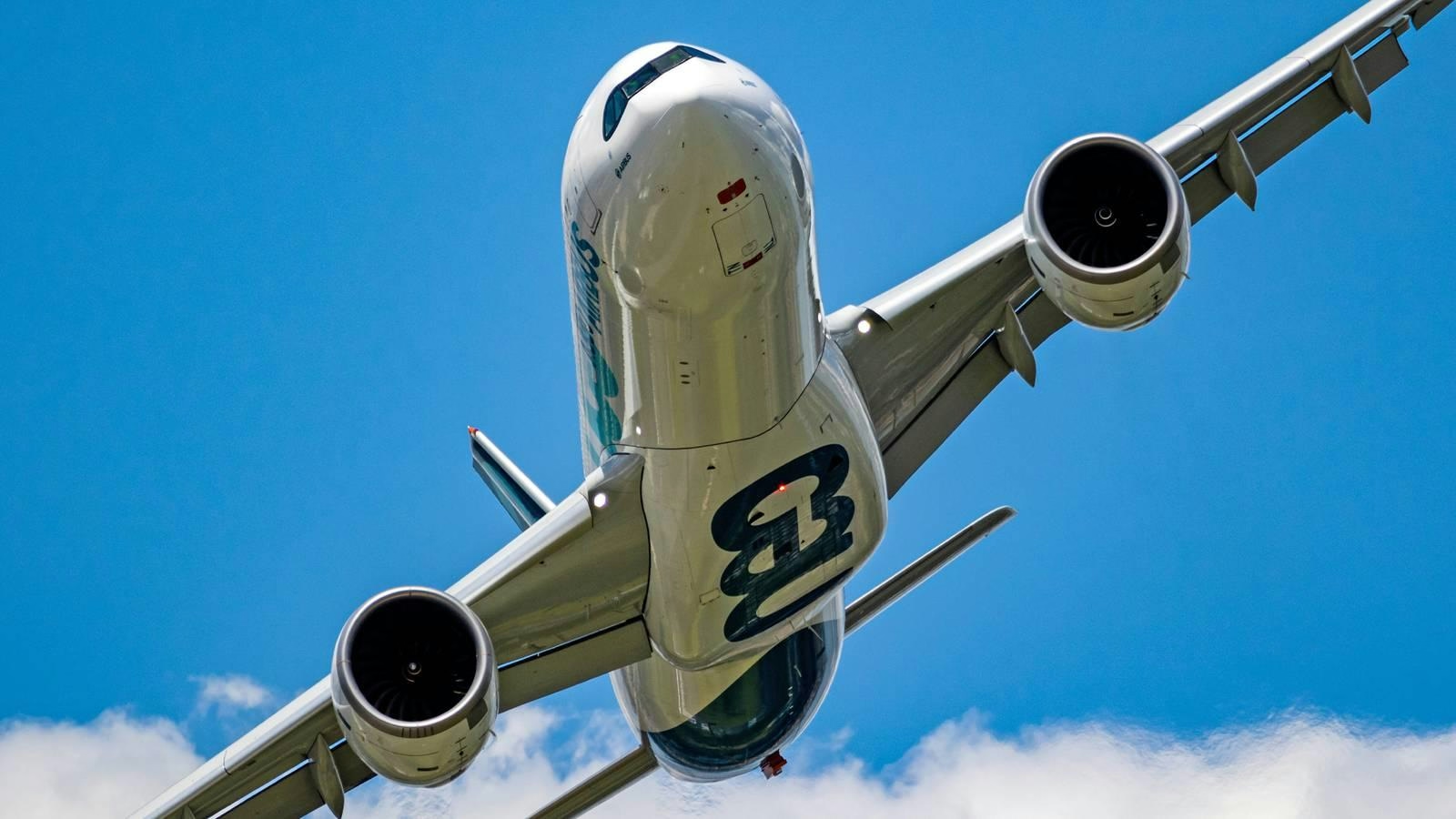
AeroGenie — Votre copilote intelligent.
Tendances
Categories
What Is Airbus’s Next Commercial Aircraft?
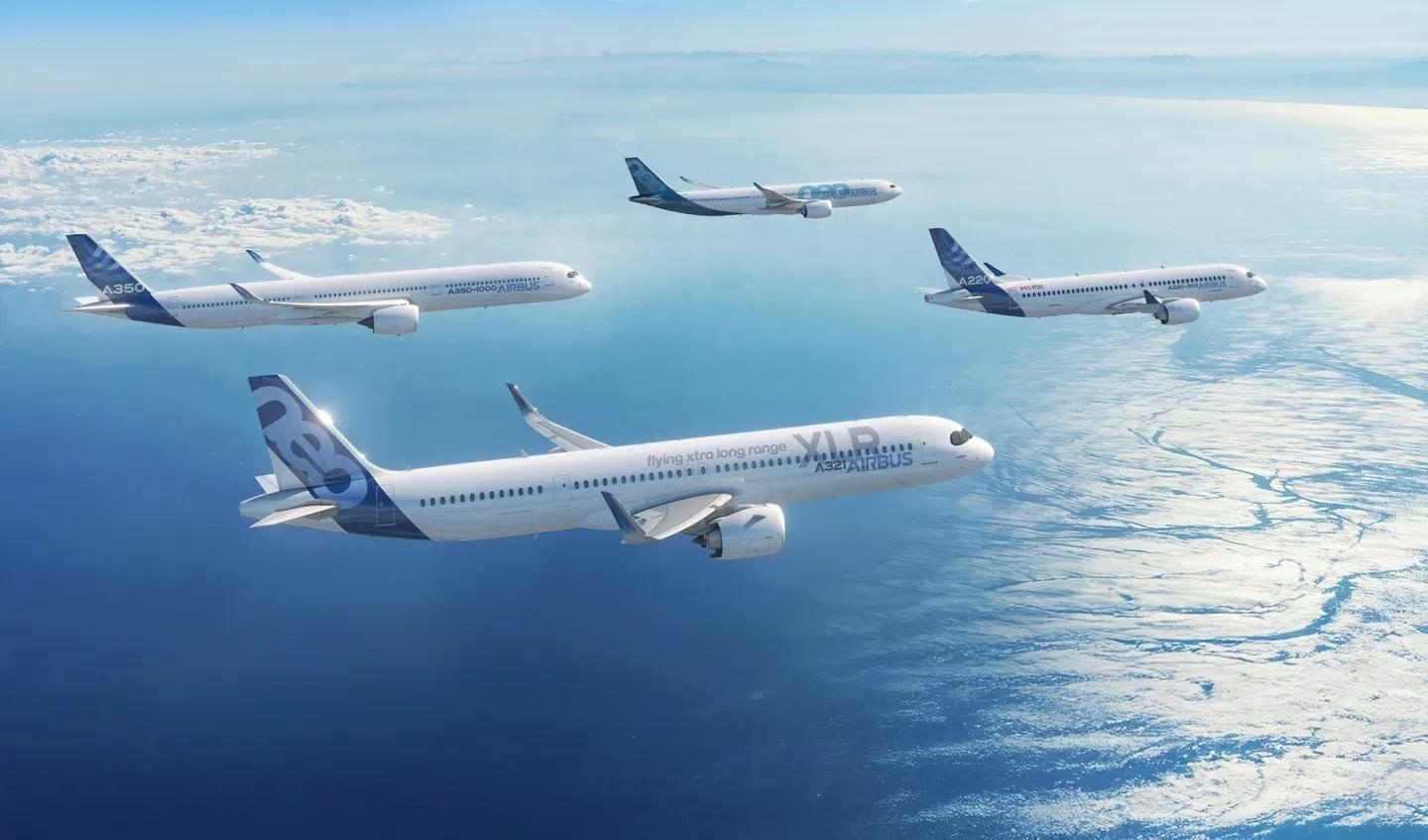
What Is Airbus’s Next Commercial Aircraft?
Airbus has played a defining role in commercial aviation for decades, from the introduction of the A300 in the 1970s to the development of the iconic double-decker A380 and the fuel-efficient A350. As the aviation industry advances through the 2020s, it faces increasing challenges driven by stringent climate targets, fluctuating fuel prices, and intensifying competition. Notably, Boeing is signaling plans for a 737 MAX replacement, while China’s Comac, with its C919 jet, is emerging as a formidable contender in the global market. In this context, Airbus must innovate to maintain its leadership. The pressing question remains: what will Airbus’s next commercial aircraft be?
The A320 Family: Preparing for a Successor
The A320 family has been the backbone of Airbus’s commercial success since its launch in the late 1980s. It recently surpassed Boeing’s 737 as the most-delivered aircraft series in history, with over 12,000 units expected to be delivered worldwide by 2025. The A320neo variants, in particular, have gained widespread acceptance among both low-cost and legacy carriers. Despite this success, the A320 family cannot remain the industry standard indefinitely. Structural fatigue, evolving emissions regulations, and rapid technological advancements necessitate the development of a new “middle single-aisle” aircraft to sustain Airbus’s competitive edge well into the mid-21st century.
The anticipated next-generation single-aisle aircraft is expected to achieve at least 20 to 25 percent better fuel efficiency compared to the current A320neo or A321XLR models. This improvement could be realized through a combination of more efficient engines—potentially incorporating geared turbofans or open rotor technology—lighter advanced composite materials, and aerodynamic enhancements such as laminar flow wings or morphing surfaces. These advancements would be particularly attractive to airlines facing increasing carbon pricing and volatile fuel costs.
However, launching a new aircraft program represents a significant financial commitment. Airbus must carefully time the introduction of this successor, likely targeting the early 2030s, to avoid undermining the strong order backlog for the A320 and A321XLR, which remains robust despite ongoing supply chain challenges. Additionally, maintaining commonality in cockpit design, maintenance procedures, and pilot training will be essential to facilitate airline adoption and operational continuity.
Hydrogen Horizons: The ZEROe Initiative
In 2020, Airbus unveiled its ambitious ZEROe initiative, marking a strategic commitment to achieving zero-emission commercial flight by 2035. The program explores three hydrogen-powered aircraft concepts: a turbofan, a turboprop, and a blended-wing body design. Hydrogen propulsion offers the potential for significant reductions in carbon emissions, potentially enabling zero CO₂ output during flight if green hydrogen is utilized. Some configurations also promise reduced noise levels, enhancing environmental compatibility.
Despite its promise, hydrogen-powered aviation faces considerable technical and logistical challenges. Hydrogen’s low volumetric energy density necessitates large or highly pressurized storage tanks, complicating aircraft design and weight considerations. Furthermore, the widespread adoption of hydrogen aircraft would require the development of entirely new airport infrastructure for hydrogen production, liquefaction, and refueling—an ecosystem that currently does not exist. Airbus plans to conduct demonstrator flights with hydrogen-powered aircraft in the late 2020s, but commercial viability will depend on overcoming these substantial barriers.
Looking Ahead: Balancing Innovation and Practicality
While Airbus continues to explore futuristic concepts such as blended-wing-body designs for larger aircraft, its next narrowbody model is expected to retain a conventional tube-and-wing configuration. This approach ensures operational familiarity and a smoother transition for airlines. At the same time, Airbus must remain vigilant in monitoring the competitive landscape, particularly as Boeing and Comac secure significant orders in key markets like China.
Ultimately, Airbus’s forthcoming commercial aircraft will need to strike a delicate balance between innovation and practicality. It must deliver cleaner, quieter, and more efficient flight solutions while navigating the realities of a fiercely competitive global aviation market. The industry stands on the cusp of a new era, with Airbus poised to determine which vision will take flight first.
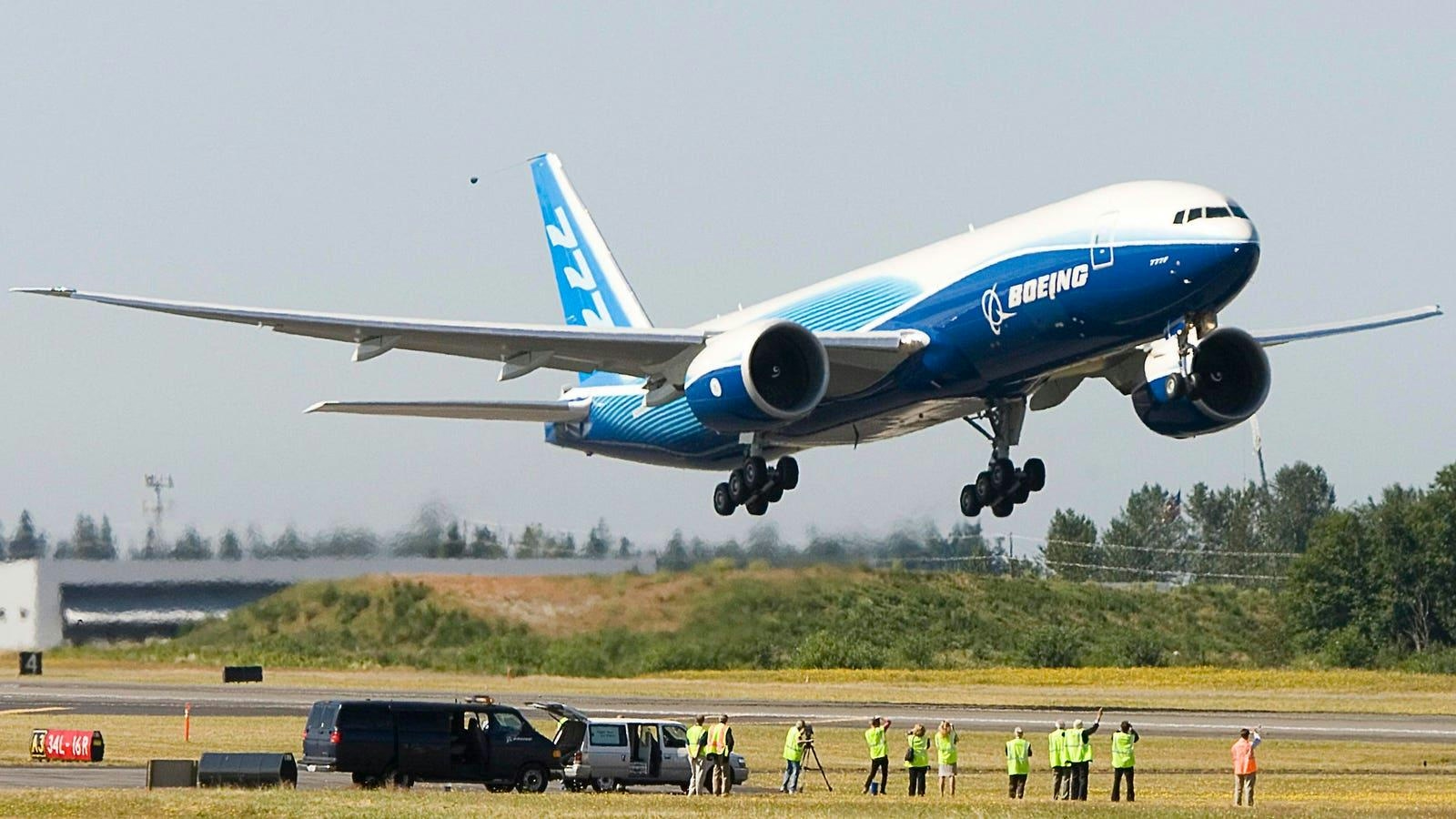
New Aircraft to Succeed the Boeing 777-200LR
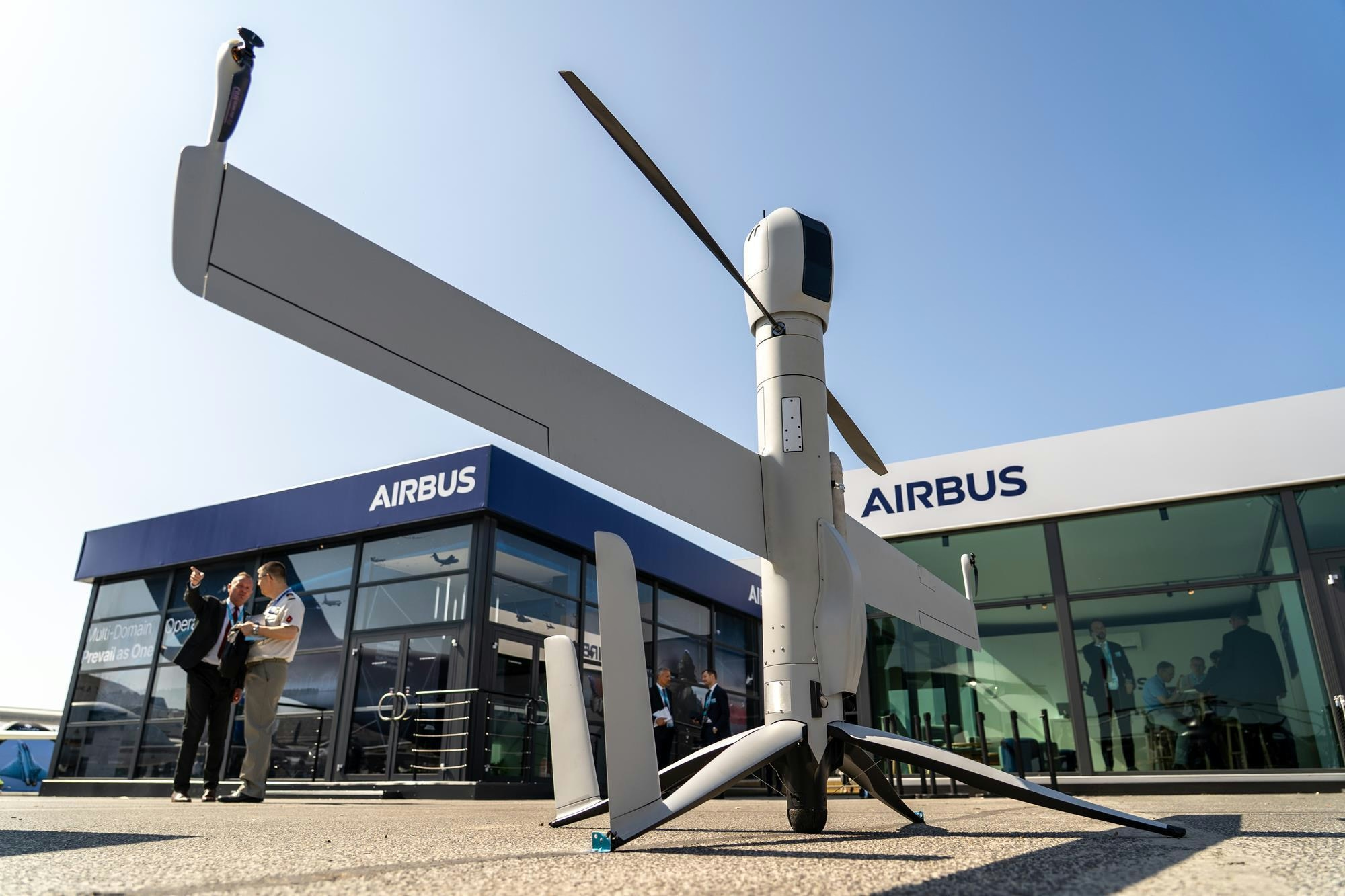
Uzbekistan Becomes First in Central Asia to Order Airbus Flexrotor Drones
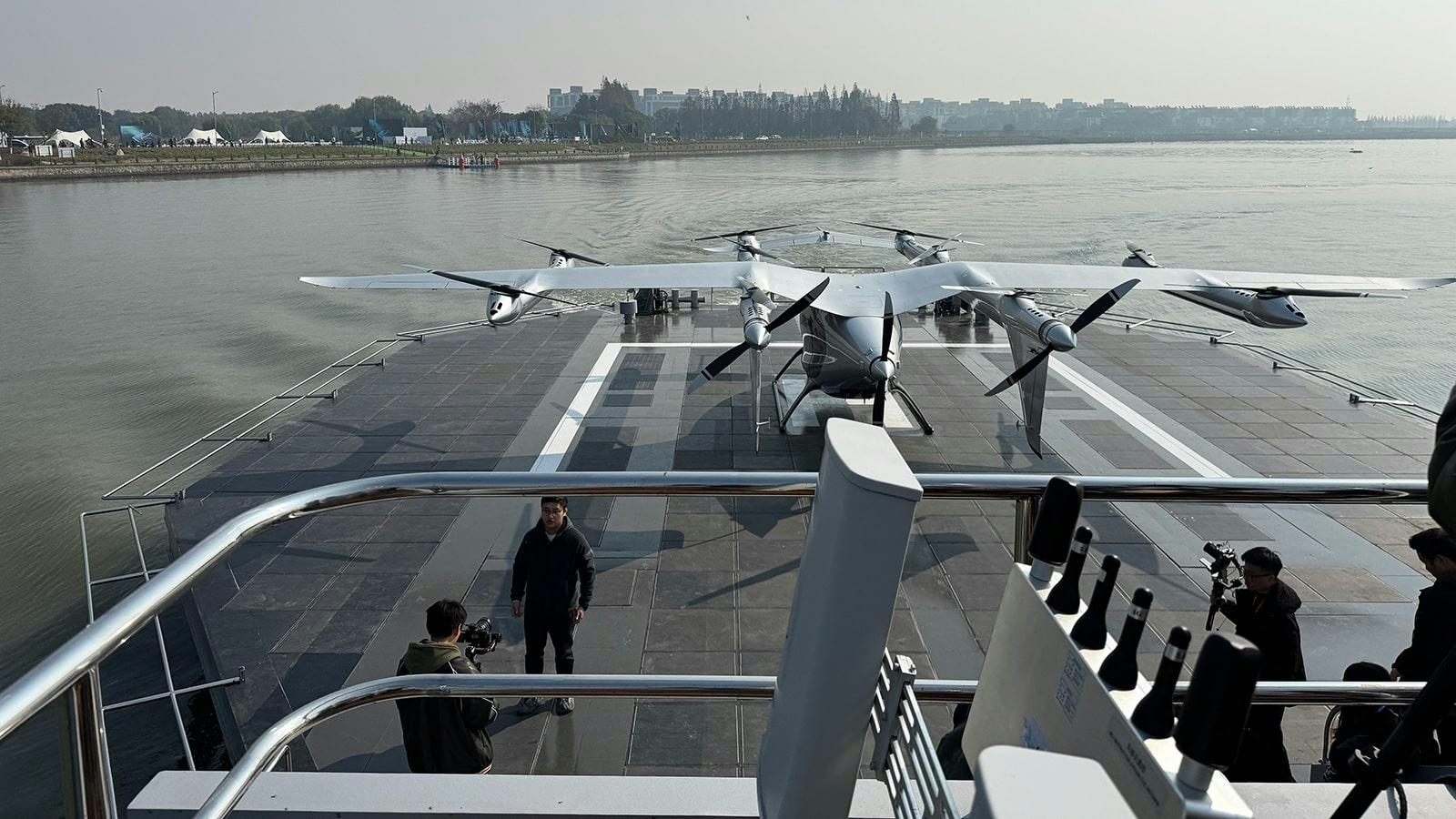
AutoFlight Unveils Zero-Carbon eVTOL Water Vertiport

SmallRig Partners with Photographer Chen Cheng to Advance Aerial Imaging
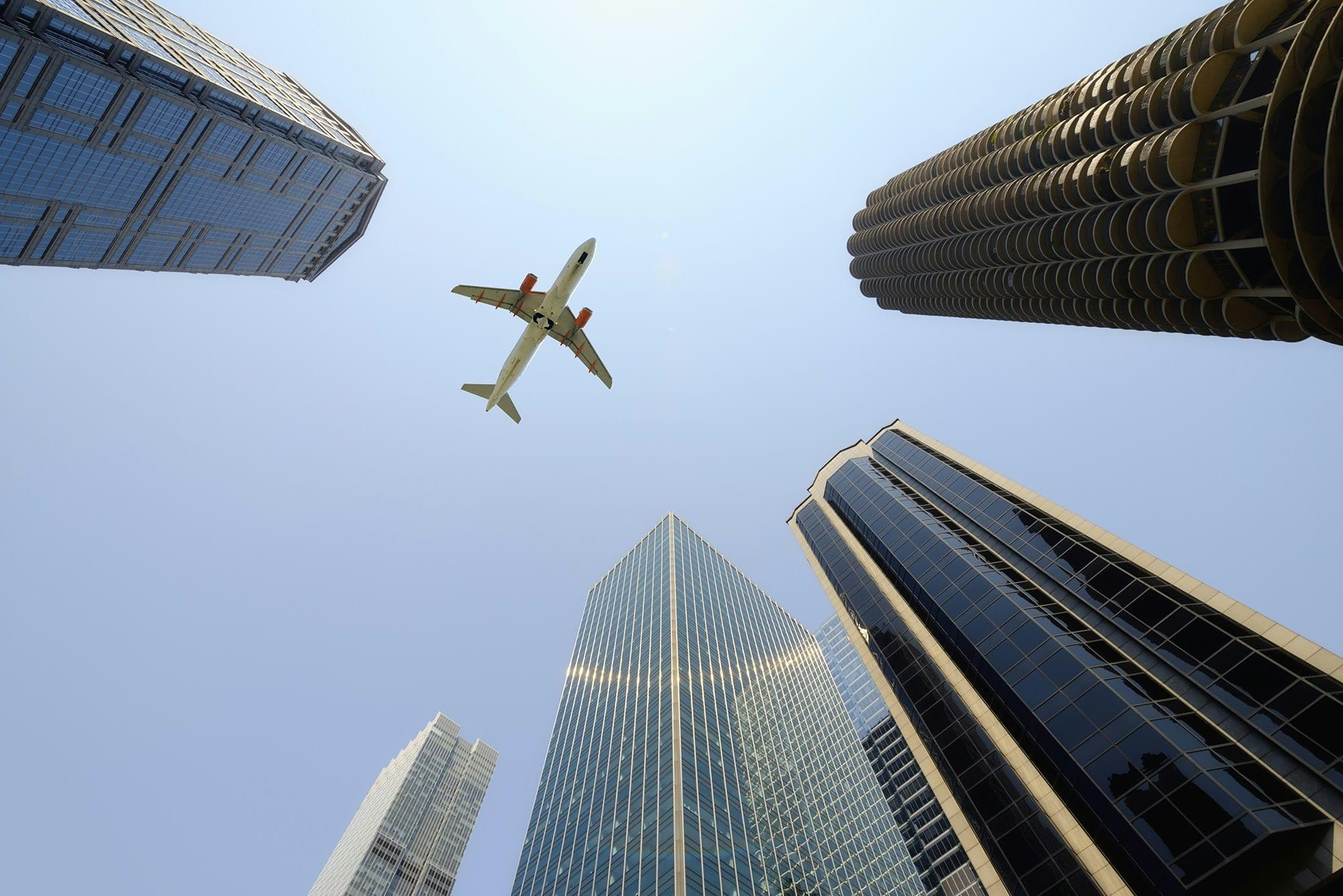
Aviation Lease Rates Hit Record High
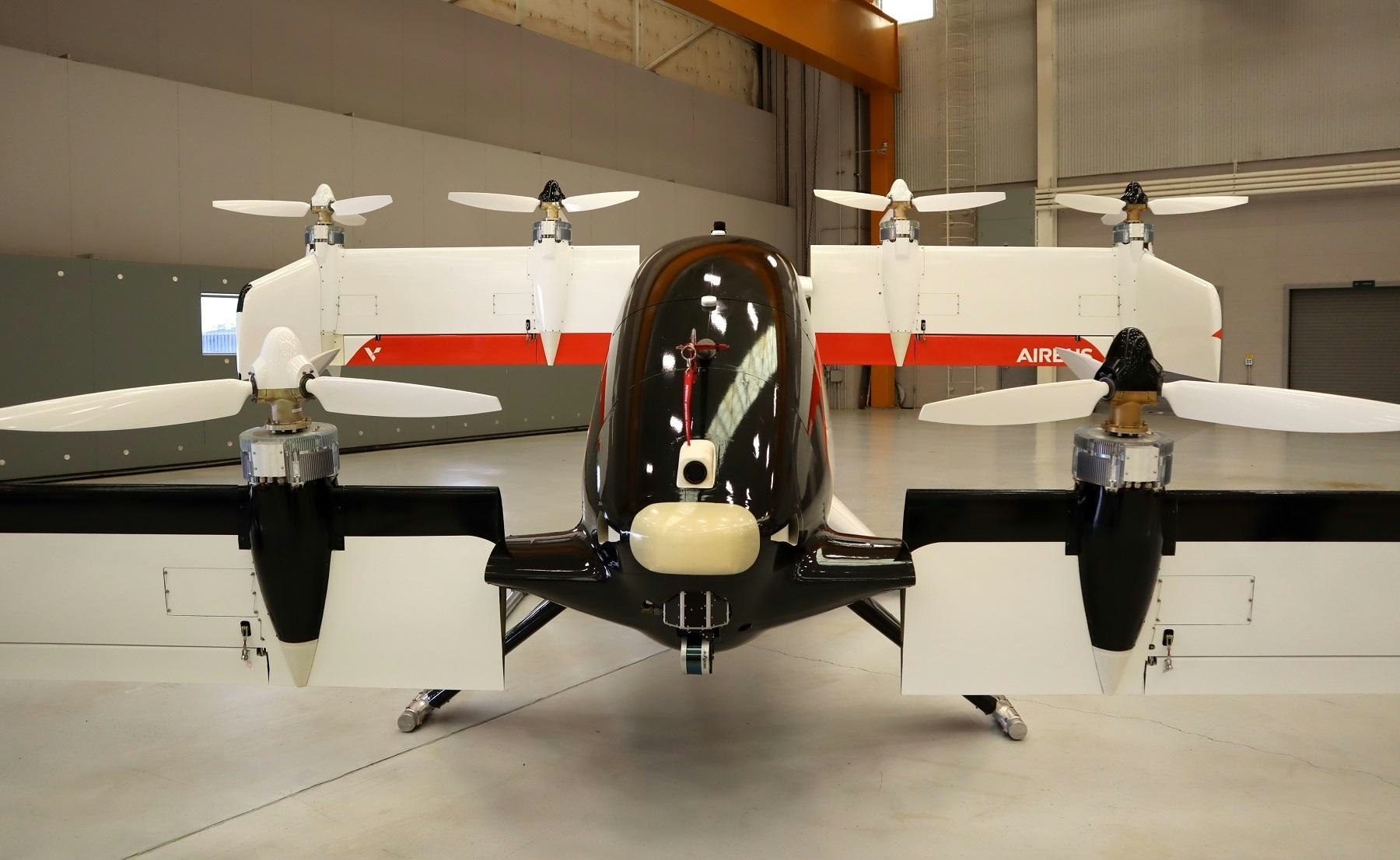
Inside a Four-Seater Flying Taxi Designed for Future Pilotless Flights
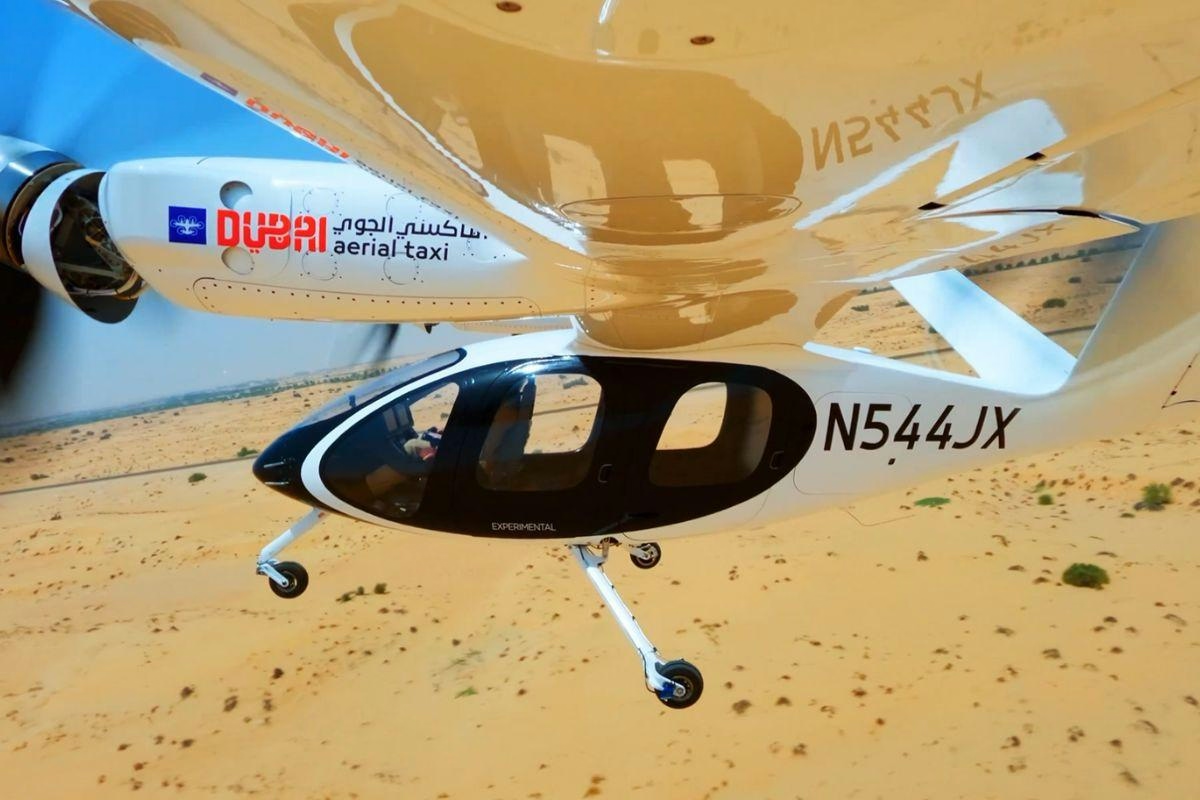
Dubai Prioritizes Public Safety Ahead of 2026 Air Taxi Launch
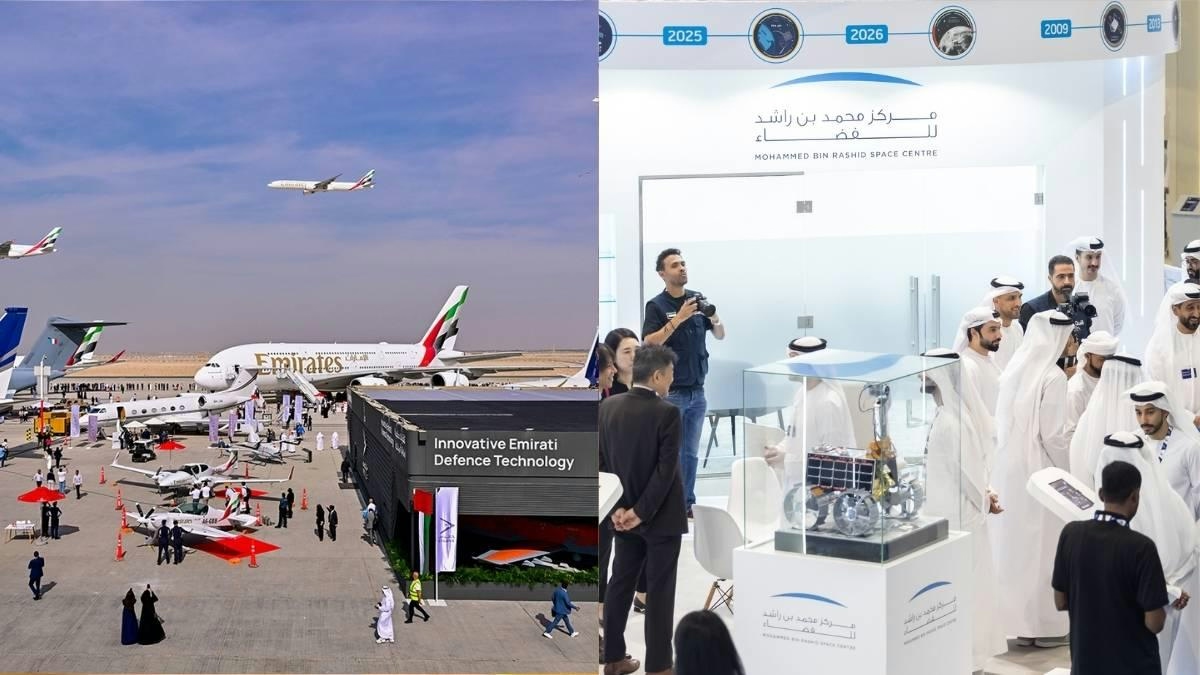
Emirates Airlines Unveils Major Initiatives at Dubai Airshow
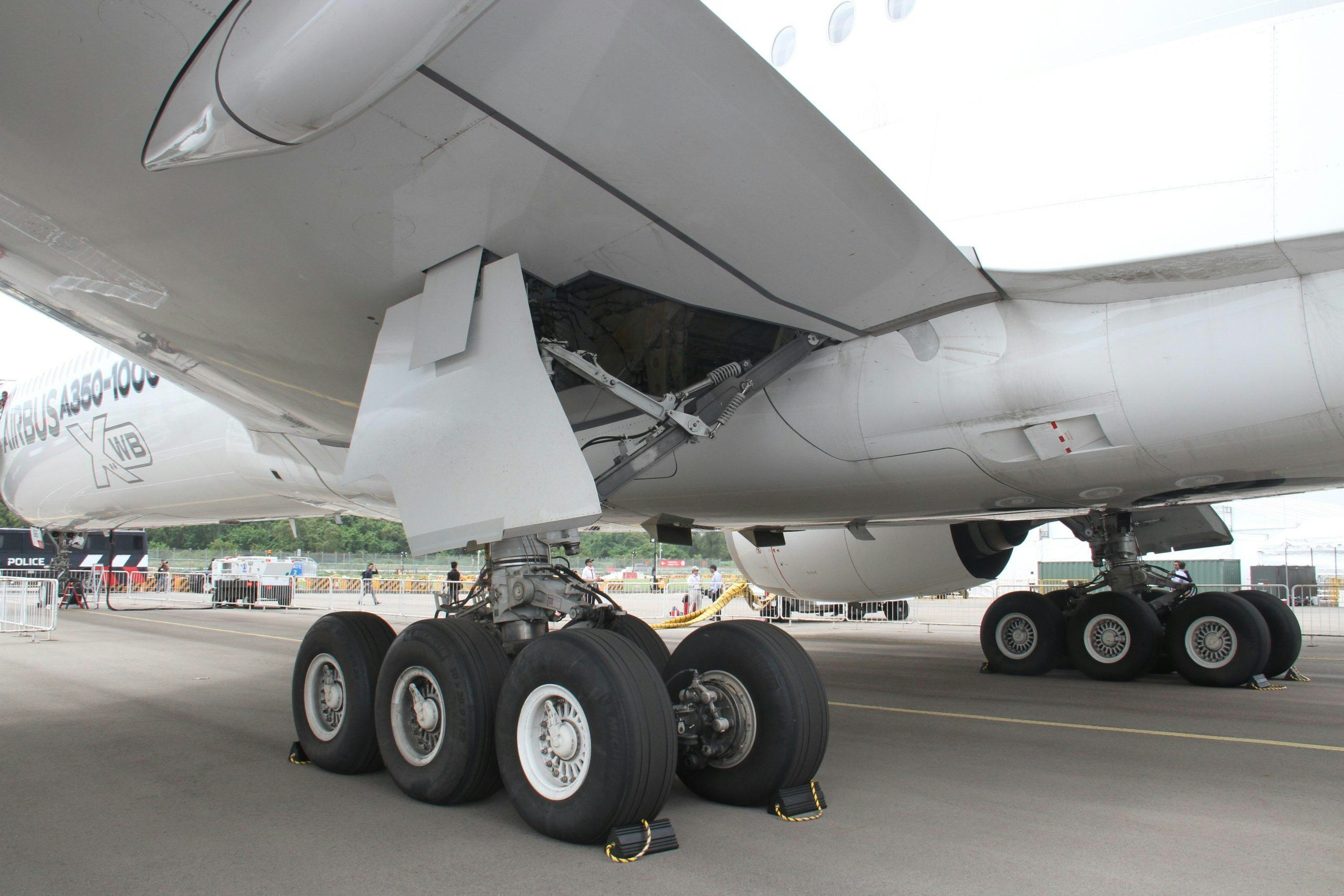
Why Airbus Markets the A350 as a Long-Range Leader
